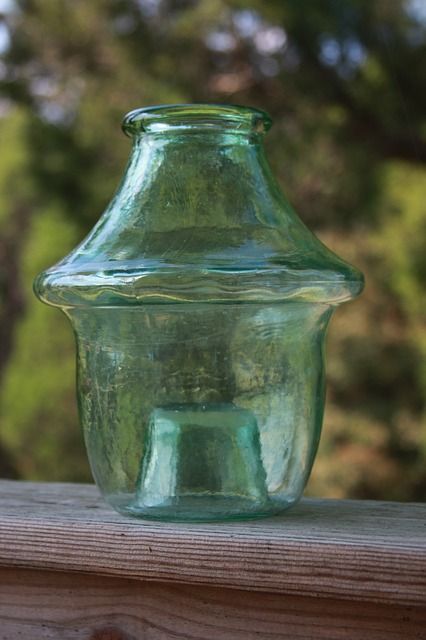How to keep flies away from our home
It is necessary to implement practices that reduce the incidence of insects such as flies in our homes, since this insect usually lands on fecal matter or garbage in which pathogenic microorganisms proliferate, causing ailments

The high temperatures that characterize the beginning of summer bring with them an increase in the presence of house flies, and although these little animals only seek to preserve their species, like all living beings, the reality is that they are not welcome in any home, since they are recognized as vectors that transmit gastrointestinal diseases.
The hot season causes organic waste in the garbage to decompose more quickly, which is a perfect scenario for flies to reproduce in these conditions. Once these insects reach an adult stage, they seek cooler temperatures and are regularly found indoors.
Miguel Ángel Martínez Téllez, professor at the Center for Research in Food and Development (CIAD) and expert in food safety, explained that it is necessary to implement practices that reduce the incidence of insects such as flies (Musca domestica) in our homes since this insect usually settles on the fecal matter or garbage in which pathogenic microorganisms such as Salmonella, Listeria or pathogenic E. coli, which cause ailments ranging from diarrhea, abdominal pain or fever, to moderate or serious illnesses such as septicemia and meningitis that can even lead to death; for this reason, it is important to keep possible vehicles of food contamination under control.
The most common way to get rid of these unwanted visitors is to use a fly swatter; however, sometimes this strategy can be very frustrating, as it forces the person to chase the flying insect, which is often more agile than the hand of the overwhelmed and unsuccessful exterminator. Ultimately, this becomes a never-ending battle, as a new fly always finds its way into the house and unleashes a new chase. For this reason, the CIAD scientist pointed out that it is better to think of preventive strategies to help keep flies out of the home.
Hygiene as a rule
Ensuring hygienic conditions in all areas of the home will help keep flies from finding attractive factors. The outside of the house, for example, should be kept free of garbage and pet feces. In addition, it is important to avoid puddles, stagnant water, or water containers exposed to the air, since deposits of dirty liquids and organic matter are highly attractive to flies.
If not used for composting, organic waste should be placed in bags inside a basket, which should always remain closed to prevent flies from entering and breeding there. In addition, it is essential to prevent the bags from having holes through which liquids or putrefied matter can escape since these will contaminate the basket and the container will become a "magnet" for flies.
The inside of the home is equally important, so we must make sure that trash cans are always covered. Frequent mopping of floors with a bleach and water solution is advisable since this chemical repels these insects. Likewise, we can clean and disinfect the kitchen preparation table with chlorinated water before and after preparing or consuming food.
A fly trap
Although there are commercial products that promise to definitely repel flies, there is not, for now, one that works conclusively, so their acquisition often becomes money spent in vain.
Next, you will learn how to make a fly trap, which works like a cage that these insects will not be able to get out of once they enter.
To make the fly trap we will need a two-liter plastic bottle (PET). We will cut the upper part of it, approximately ten centimeters below where the counter screw begins.
Once we have removed the upper part, in what is left of the bottle we will pour water with sugar and half of a crushed ripe banana and we will stir until we form a uniform mixture. Subsequently, we will take the upper part of the container that we previously cut, we will put it upside down and we will insert it inside the bottle that holds the mixture, as shown in the image that illustrates this text.
We will place this trap in a corner of the outside of our home, in front or behind, where you consider that flies enter more frequently, preferably in a high part out of reach of children or pets.
As the days go by, the mixture inside the bottle will ferment and will be of great interest to flies, so they will enter the container, but will not be able to get out.




